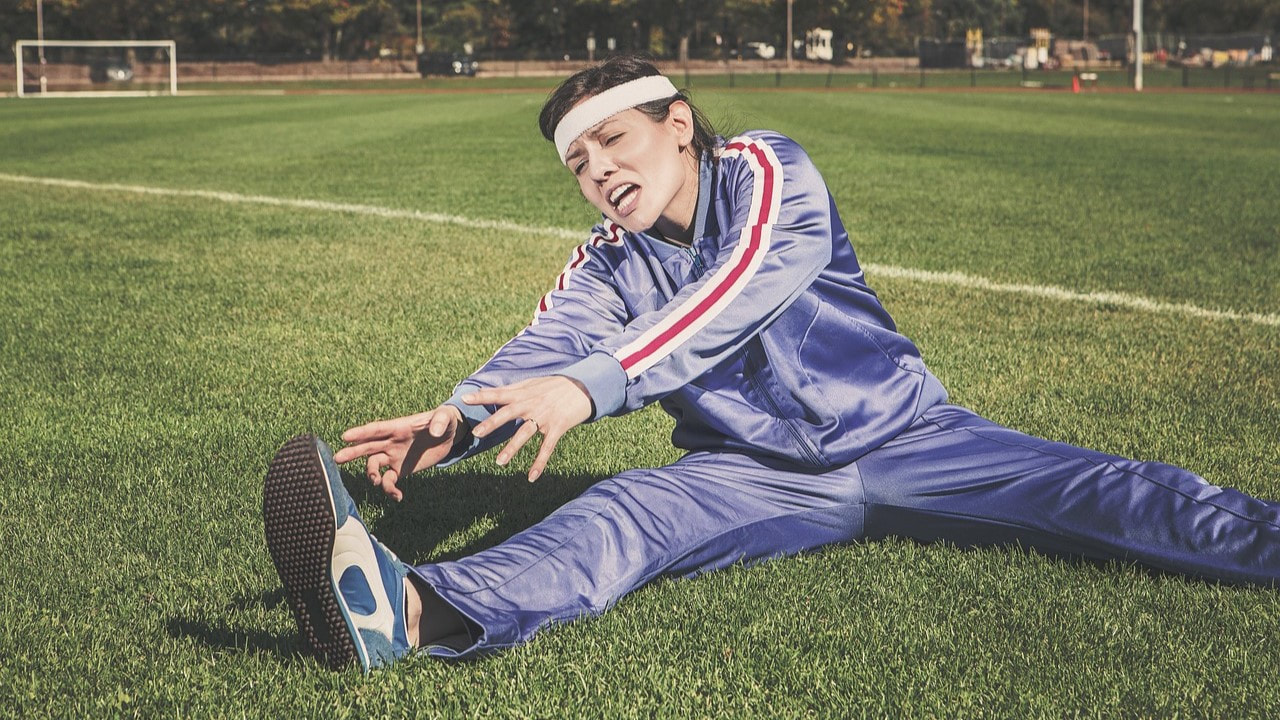|
The sport of swimming requires a combination of cardiovascular endurance, muscular strength, and flexibility to execute the four swimming strokes effectively. Flexibility is an essential aspect of swimming and triathlon, as it enables swimmers and triathletes to achieve proper technique and reduce the risk of injury. Requirements of Flexibility in the Four Swimming Strokes: Flexibility is necessary in all four swimming strokes, but the degree of flexibility required varies: The freestyle stroke, also known as the front crawl, requires a significant range of motion in the shoulders, back, and hips to perform efficiently. Swimmers who lack flexibility in these areas may struggle to maintain proper form, resulting in slower swim times and an increased risk of injury. Proper freestyle technique requires the swimmer to keep their head down, their hips up, and their arms reaching forward with each stroke. Breaststroke requires a unique combination of power, speed, and flexibility. It is a slower stroke than freestyle, but it requires more coordination and timing. The stroke requires the swimmer to pull their arms back while simultaneously pushing their hips forward, resulting in a “frog-like” motion. Swimmers must have adequate hip, knee, and ankle flexibility to execute the stroke properly. Without proper flexibility, swimmers may experience discomfort and difficulty achieving the necessary range of motion. Butterfly is one of the most challenging swimming strokes to master, as it requires significant strength and flexibility. It is a demanding stroke that requires a high degree of coordination and synchronization. The stroke involves a dolphin kick and a simultaneous arm pull that requires extensive shoulder, back, and hip flexibility. Swimmers who lack flexibility in these areas may struggle to execute the stroke correctly and may experience shoulder and back pain. Backstroke requires the swimmer to maintain a horizontal position while floating on their back. It requires a significant degree of shoulder and back flexibility, as the swimmer must reach their arms above their head and maintain a straight line while kicking. Swimmers who lack flexibility in these areas may struggle to maintain proper form and may experience discomfort in their shoulders and back. Body Types and Flexibility: Body type can play a significant role in a swimmer’s flexibility. Individuals with a mesomorphic body type, characterized by muscular and athletic builds, tend to have higher levels of flexibility. These individuals have a higher muscle-to-fat ratio and are often more physically active, which can contribute to greater flexibility. Individuals with an ectomorphic body type, characterized by a lean and slender build, tend to have lower levels of flexibility. These individuals have less muscle mass and may struggle to maintain proper form in the water, resulting in slower swim times and an increased risk of injury. Individuals with an endomorphic body type, characterized by a heavier build and higher body fat percentage, may struggle with flexibility. These individuals may carry excess weight in their hips and thighs, making it challenging to achieve the necessary range of motion in certain swimming strokes. Increasing Flexibility: Flexibility is a critical aspect of swimming, and there are several ways to increase flexibility, including stretching, yoga, and Pilates. Regular stretching can improve flexibility and reduce the risk of injury. We can tailor your Strictly Swimming London lessons to help you with flexibility.
By incorporating one or more of these methods into your routine and lessons, you can gradually increase your flexibility. Speak to your Strictly Swimming London coach for a plan to increase your flexibility. Here are some swimmers who are known for their excellent flexibility:
If you would like to know more or book a lesson with strictly swimming, just get in touch with us. Comments are closed.
|
AUTHORPaul started competing in swimming from the age of 8 and eventually went on to represent his country all over the world. During his time at University, Paul specialised in Aquatics and the Biomechanics of Swimming and produced numerous theses on swimming performance. TOPICS
All
ARCHIVES
June 2024
|
Let's connect!
Copyright © 2024 Strictly Swimming


